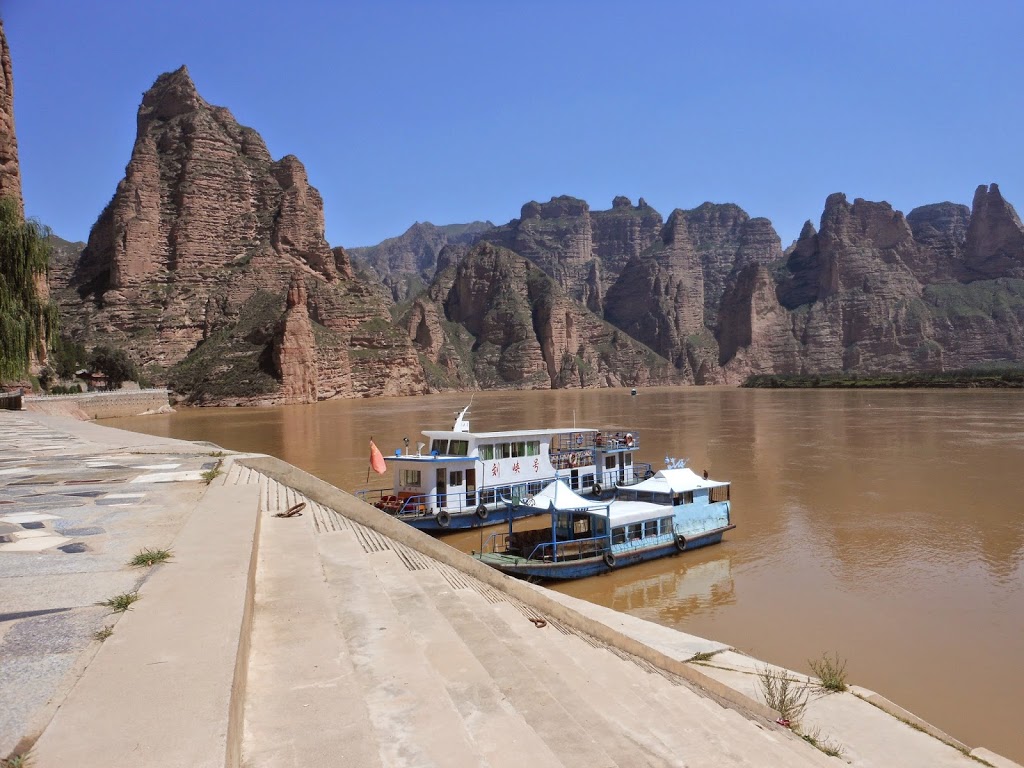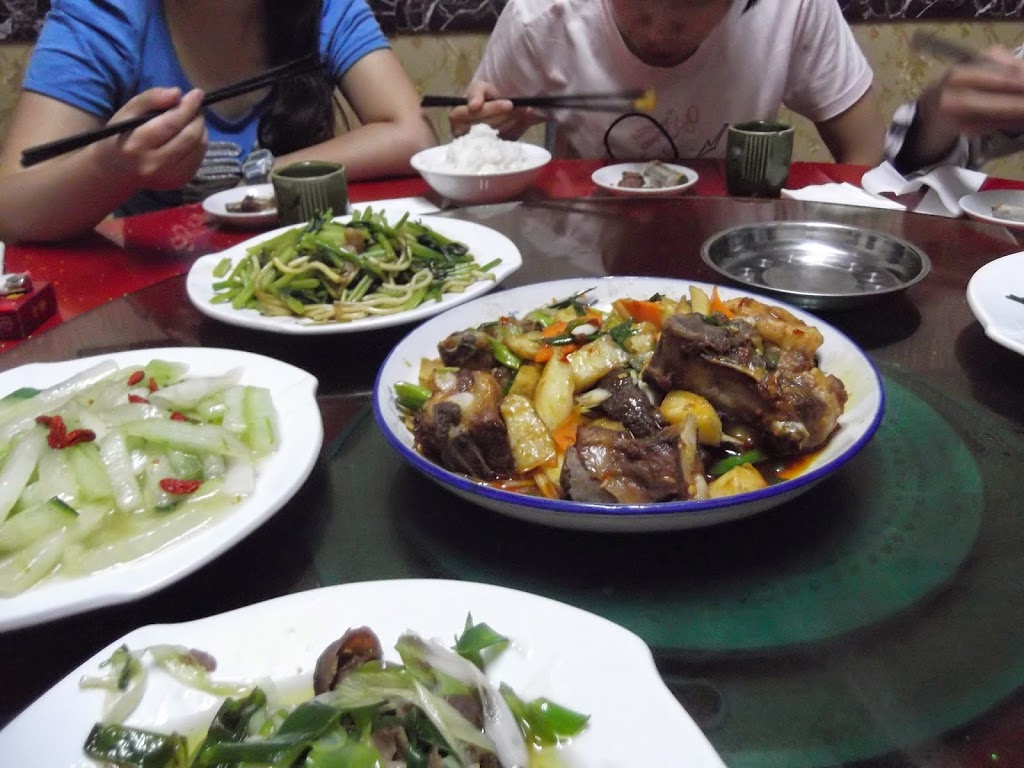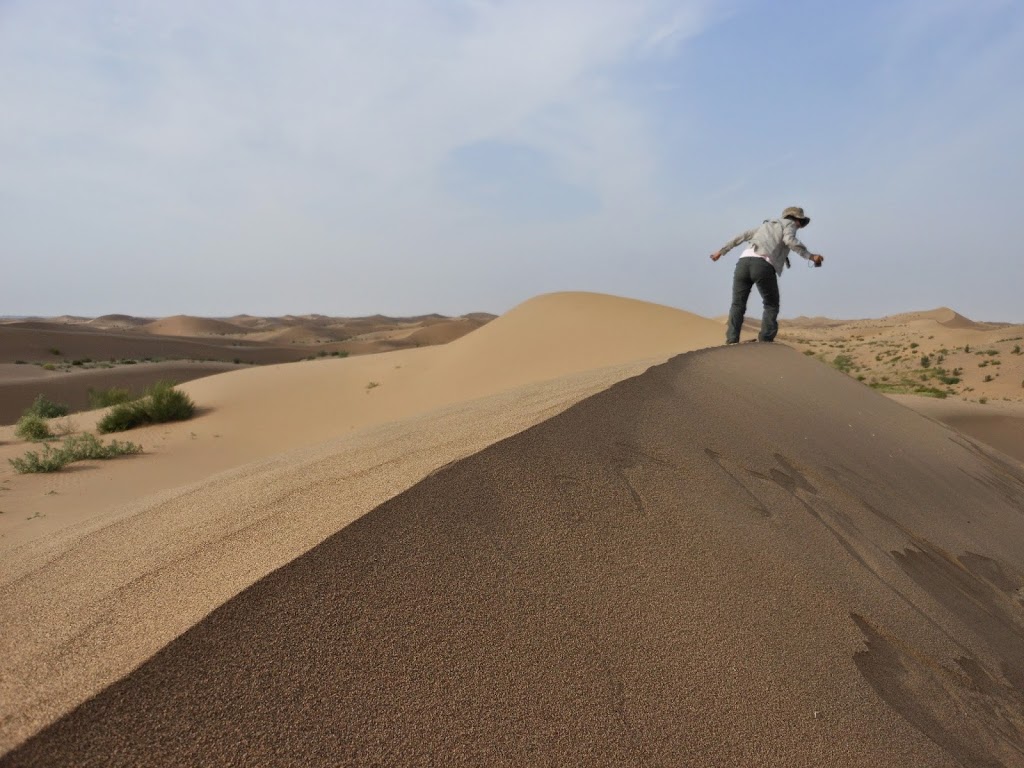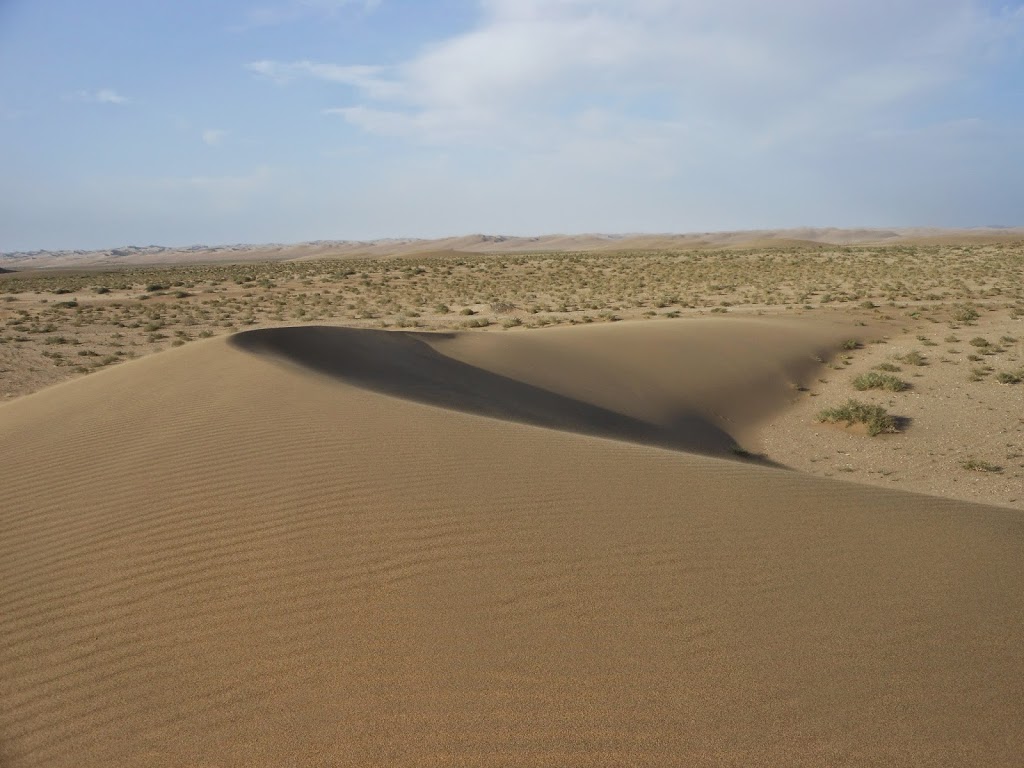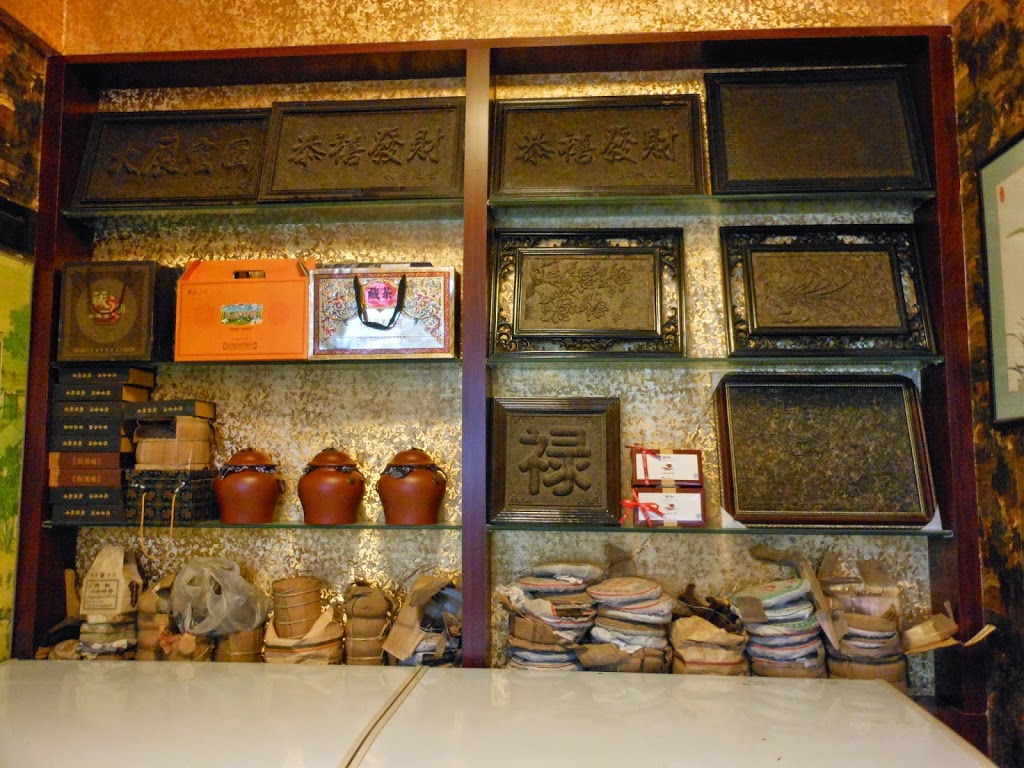In 2012 Abigail Alderson and I headed off to China to collect samples as part of a NERC funded project titled “Dust storms and Chinese loess sources over the last 22 Ma”. Abi had won a Royal Geographical Society, learning and leading fieldwork grant and was joining me on the trip. The project focuses on the Chinese Loess Plateau, which is the longest and most continuous terrestrial archive of climate variation and the sequence is thought to span ~25 Ma. The sequence records cold, dry periods in the deposition of wind blown dust (loess), then during warmer, wetter periods soils form. The majority of the dust is thought to have been transported to the Plateau during dust storms that form in the vast areas of arid and semi-arid land in north China. The storms drive dust particles high into the atmosphere, which can have a large effect on climate; these particles can also influence the health of people and animals living in these regions. The Telegraph posted a great clip (here) of a dust storm from earlier this week in Gansu Province which happens to be the largest sandstorm in China since 1996.
To use the Chinese Loess Plateau sequences to infer past climate changes it is important to understand where the dust has come from, and by understanding this it will help to constrain the atmospheric and tectonic controls on one of the largest Cenozoic dust source and sinks on the planet. It will also help to promote understanding of the relationships between dust flux and long-term climate change. The aim for this field trip was to collect dust, sand and clay samples from potential dust sources from around the Chinese Loess Plateau, to compare to samples from the Plateau.
The current wind direction suggests that sediment is most likely being sourced from the Alxa Sandy lands and part of the Gobi Desert, north of the Tibetan Plateau, which include the Qilian Fan, the Ulan Buh Desert, the Tengger Desert and the Badain Jaran Desert. It is also the area the Silk Road runs through. This is the area we headed to first having flown into Lanzhou, Gansu province. This included a visit into Inner Mongolia were we visited a town called Alxa Youqi and had a very Mongolian dinner followed by Mongolian brick/milk tea. We also visited the Alxa Desert Global Geopark in the Badain Jaran Desert where we sampled sand from some of the world’s largest dunes. These dunes are up to 300m and include the highest dune in the world, the Sand Dune Everest and also the largest area of singing dunes.
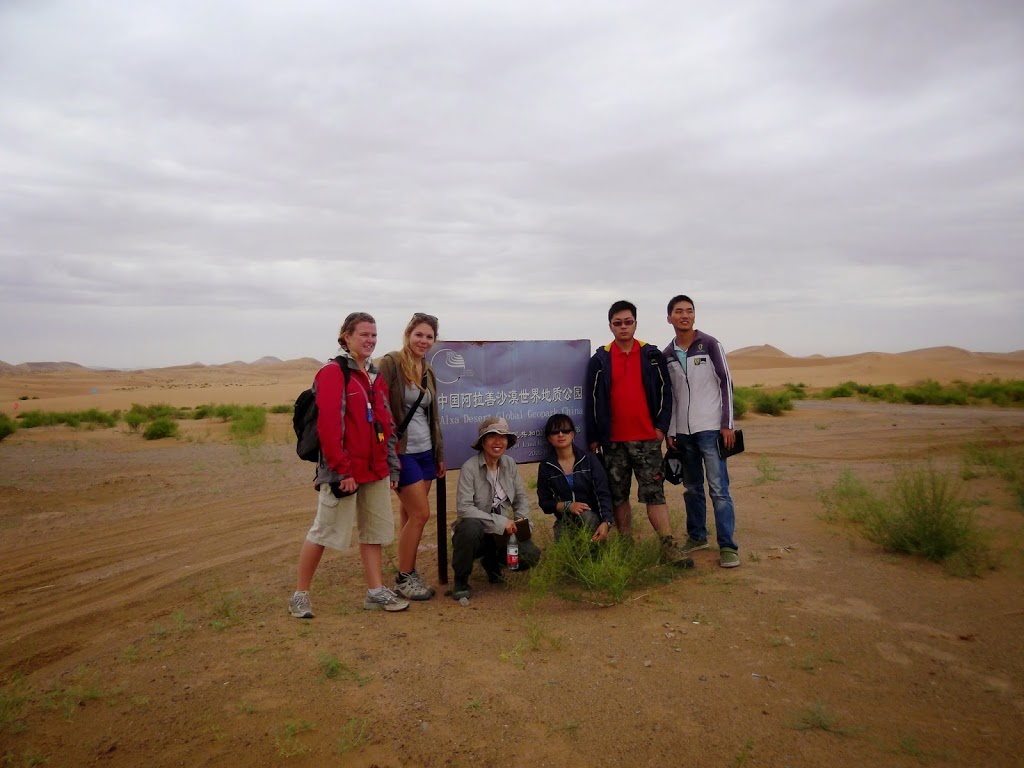 |
| Anna and freinds at the Alxa Desert Global Geopark |
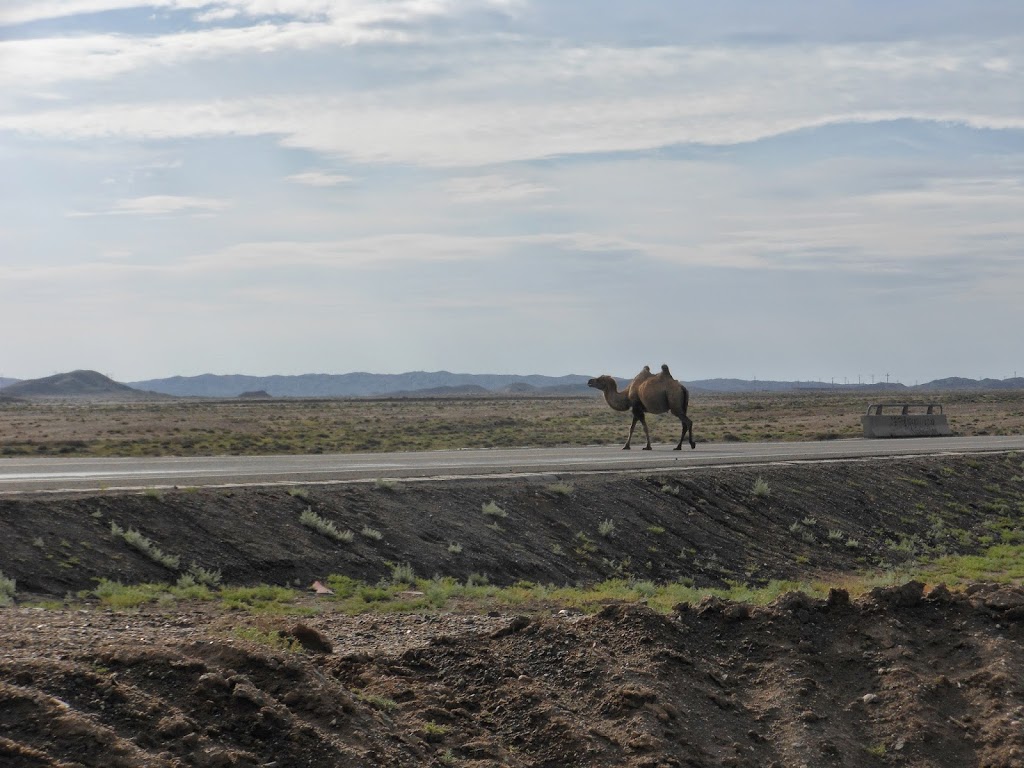 |
| ‘Luotuo’ – Bactrian camel |
 |
| Left: deteriorating portion of the westernmost Great Wall of China. Right: Great Wallin Jiayuguan. |
 |
| City sites in Lanzhou. |
This part of our trip sampling loess source areas was spectacular and very variable; there are several other images from this part of the trip below (photos taken by Anna Bird and Abigail Alderson).
![]() This work is licensed under a Creative Commons Attribution-NonCommercial-ShareAlike 4.0 International License.
This work is licensed under a Creative Commons Attribution-NonCommercial-ShareAlike 4.0 International License.

